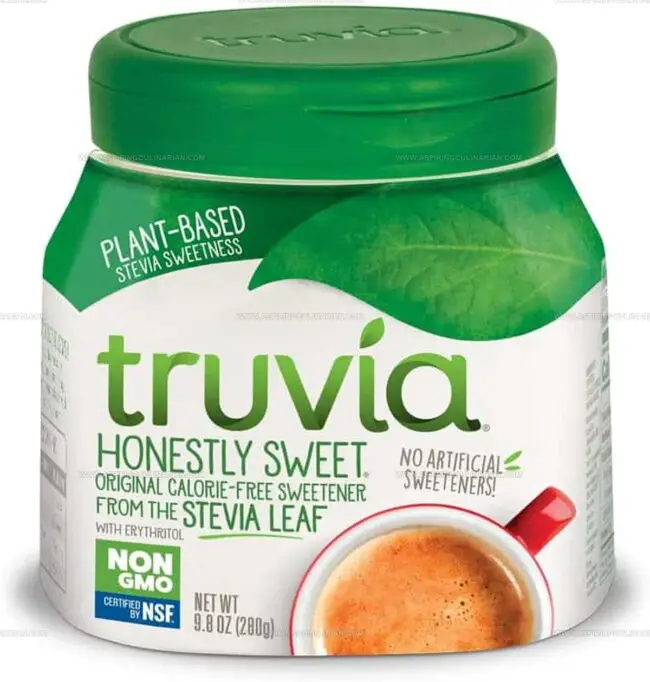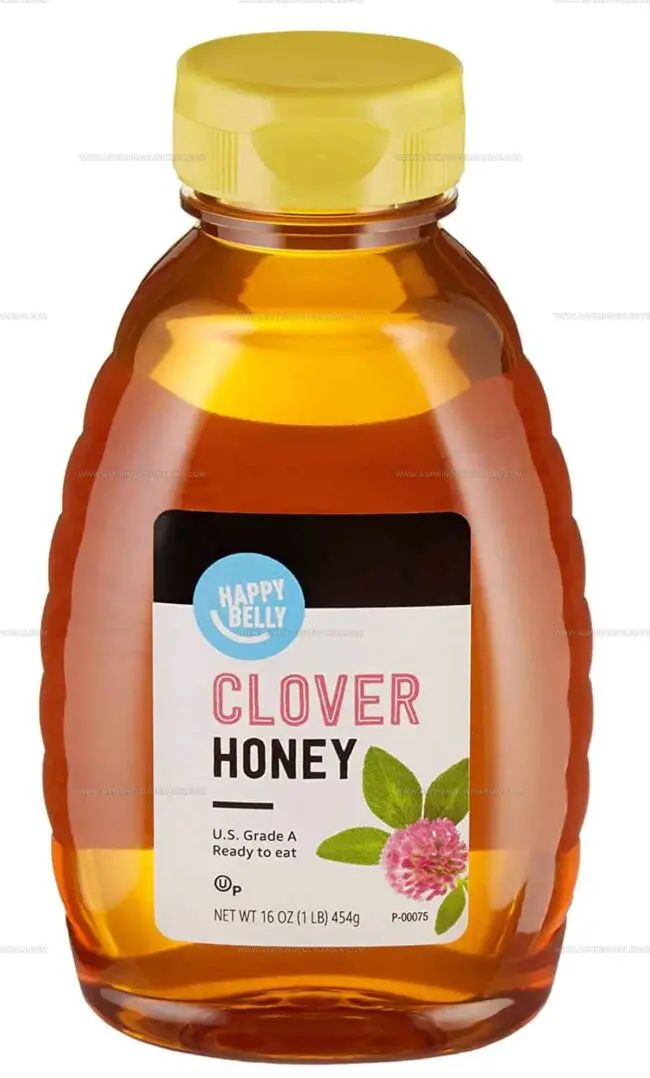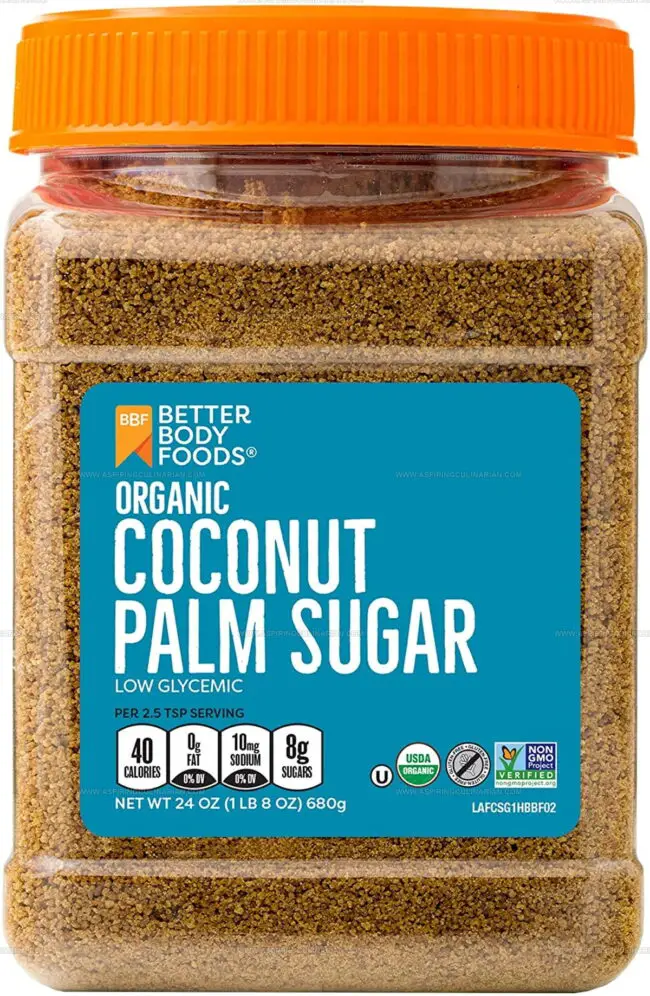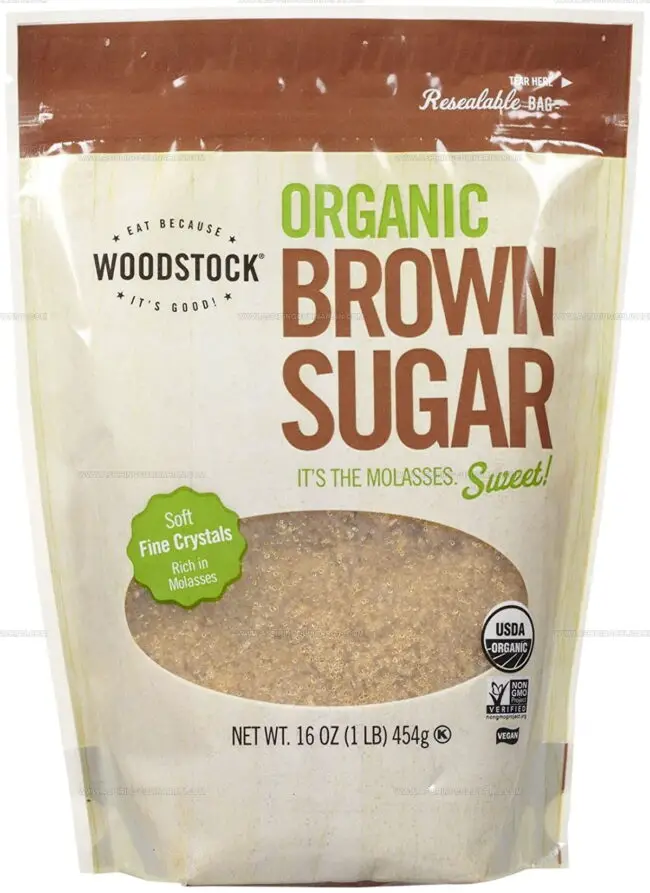4 Natural Substitutes That Replace Sugar in Coffee
Substitutes for sugar in coffee have become increasingly popular among health-conscious individuals seeking to reduce their daily intake of refined sweeteners.
A wide range of options now offers the same satisfying sweetness without the extra calories or potential health concerns linked to regular table sugar.
The market today features an impressive variety of alternatives that can transform your morning brew while aligning with different dietary preferences and needs.
Some people find these alternatives actually enhance coffee's natural flavor profile rather than masking it behind overwhelming sweetness.
Coffee enthusiasts around the world are experimenting with these sugar replacements to customize their perfect cup according to personal taste preferences.
The best part about these substitutes lies in how they allow everyone to enjoy their favorite beverage without compromise or guilt.
What makes each alternative unique, and which one might perfectly complement your preferred coffee style? Let's dive into the details.
Why Substitute Sugar in Coffee?
There are plenty of good reasons to substitute sugar in your coffee, from personal health goals to taste preferences or simply wanting to try something new. Switching up your sweetener can make your daily cup lighter, more flavorful, or even a bit healthier:
Healthier Sugar Swaps for Coffee Lovers
Sugar swaps for coffee bring sweetness with a new personality, from nutty to fruity to rich. Morning routines stay cozy and satisfying. Explore the sweeteners that could lift your next cup.
Stevia
Stevia, a natural sweetener from the stevia rebaudiana plant native to Brazil and Paraguay, offers a calorie-reduced alternative with health-promoting antioxidant and antimicrobial properties.
Most grocery stores carry powdered stevia, making it easy to find when looking for sugar substitutes in baking or beverages.
Different brands may contain varying ingredients and quality levels, so reading labels carefully helps ensure you're getting a pure product without unwanted additives.
People with specific health conditions should check with their doctors before regularly using stevia as their main sweetener.
Substitution usually works at a simple 1:1 ratio in recipes, allowing for straightforward swaps without complicated measurements or adjustments.
Honey
Substituting honey for sugar can transform your cooking and bring added health benefits to your meals.
Many people prefer this golden sweetener because it contains natural antioxidants and enzymes that processed sugar lacks.
The distinctive flavor of honey adds depth to beverages like tea and coffee, though some people need time to adjust to its unique taste profile.
Raw honey offers the most nutritional value since it hasn't been heated or filtered, preserving all its natural goodness.
For most recipes, you can easily swap honey for sugar using a simple 1:1 ratio, making this substitution both straightforward and accessible for everyday cooking.
Coconut Sugar
Coconut sugar comes from the sap of coconut flower bud stems and offers a sweet, mild caramel flavor that works beautifully in both sweet and savory dishes.
Many Asian countries have long embraced this natural sweetener, which has recently gained popularity worldwide due to its lower glycemic index compared to regular sugar.
People looking for healthier alternatives often choose coconut sugar, though moderation remains important since all sugars should be consumed sparingly.
The good news is that substituting couldn't be easier - simply use coconut sugar in a 1:1 ratio whenever a recipe calls for regular sugar.
Those with dietary concerns appreciate how this simple swap maintains sweetness while potentially reducing blood sugar spikes.
Brown Sugar
Substituting brown sugar for white sugar adds richness and depth to recipes while maintaining sweetness.
The molasses content in brown sugar provides trace amounts of iron, potassium, calcium, and phosphorus, though these nutritional benefits are minimal at typical serving sizes.
Most recipes allow for a simple 1:1 swap between white and brown sugar, making it an easy change that can enhance flavors in baked goods and beverages like coffee.
People with diabetes should check with healthcare providers before making any sweetener substitutions since both types affect blood sugar similarly.
Brown sugar's moisture content might slightly alter texture in some recipes, creating chewier cookies or moister cakes that many home bakers actually prefer.
Tips for Dissolving Different Sweeteners in Hot/Cold Coffee
Getting sweeteners to dissolve smoothly in your coffee depends on what you use and whether your drink is hot or iced. Using the right method keeps your coffee balanced, with no gritty or uneven sweetness:
Use Hot Coffee for Easier Dissolving
Regular sugar, honey, and most powdered sweeteners dissolve quickly in hot coffee. Stir well for a few seconds to ensure everything blends.
Dissolve Before Icing
For cold or iced coffee, dissolve sweetener in a little hot coffee or water first, then add to cold drink to avoid granules settling at the bottom.
Try Liquid Sweeteners
Syrups like agave, maple, or simple syrup mix easily into hot and cold coffee, spreading sweetness evenly with a quick stir.
Choose Powdered Alternatives for Quick Blending
Powdered stevia or monk fruit blends dissolve easily but still stir thoroughly, especially in iced coffee, to prevent clumps.
Crush Large Crystals
Raw or turbinado sugar should be crushed with a spoon or pestle before adding and given extra time to dissolve in hot drinks.
Avoid Overloading Iced Coffee
Too much dry sweetener in cold coffee may not dissolve fully. Use small amounts or liquid sweeteners for large batches.
Mix Before Adding Milk
Stir sweetener in before adding milk, cream, or ice for best texture and even flavor distribution.
Common Questions About Coffee Sweetener Swaps
1. Are there calorie-free options for coffee sweetener?
Absolutely, stevia, monk fruit, sucralose, and aspartame are all calorie-free options for sweetening coffee.
2. Can I use liquid sweeteners in iced coffee?
Yes, liquid sweeteners like honey, agave nectar, or liquid stevia dissolve quickly in both hot and cold coffee.
3. What’s the best natural substitute for sugar in coffee?
Maple syrup, honey, or coconut sugar are popular natural options, just use less, as they can be sweeter than regular sugar.
4. Are all coffee sweetener substitutes vegan?
Most are, but honey is not considered vegan. Maple syrup, agave, coconut sugar, and plant-based zero-calorie sweeteners are vegan-friendly.
5. Will using a sweetener substitute affect the texture or appearance of my coffee?
Most dissolve fully, but some, like coconut sugar, may take longer to blend in iced coffee.
6. Can I use fruit juice as a sweetener in coffee?
A splash of apple or orange juice can sweeten coffee, but it will add fruit flavors, best for adventurous palates.
7. How should I store alternative coffee sweeteners?
Store liquid sweeteners in the fridge after opening and keep dry sweeteners in a sealed container at room temperature.
8. Can I mix sweetener substitutes for a unique taste?
Absolutely, blending stevia with a bit of honey or monk fruit with agave can create a custom flavor for your cup.








Lena Martinez
Contributing Writer & Culinary Educator
Expertise
Southwestern and Latin American cuisines, Vegetarian and plant-based recipe development, Culinary education and community outreach
Education
Santa Fe Community College, Santa Fe, NM
Certificate in Culinary Arts
Emphasized Southwestern cuisine and sustainable cooking practices
Lena grew up surrounded by the colors, spices, and traditions of the Southwest – flavors that sparked her love for bold, honest cooking. After earning her Culinary Arts certificate at Santa Fe Community College, she made it her mission to teach home cooks how to create flavorful, plant-powered meals without the fuss.
Her recipes are packed with vibrant ingredients, simple steps, and the kind of heart that turns a regular meal into something you’ll want to share. Outside the kitchen, Lena spends her time wandering farmers’ markets, trading family recipes, and helping young chefs find their voice through food.